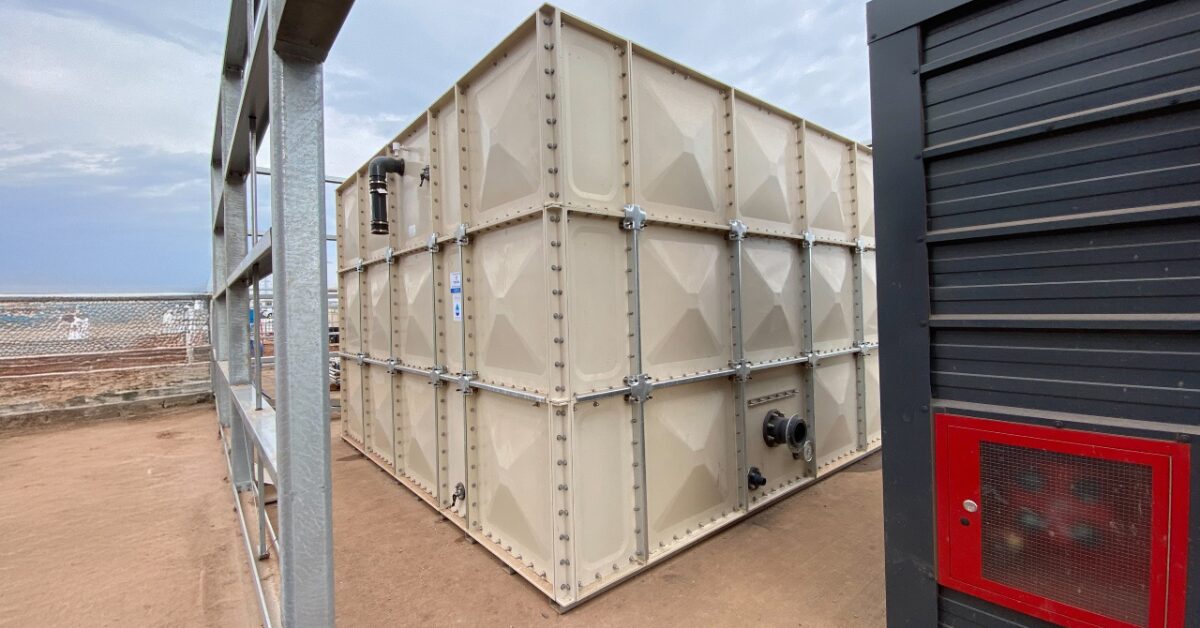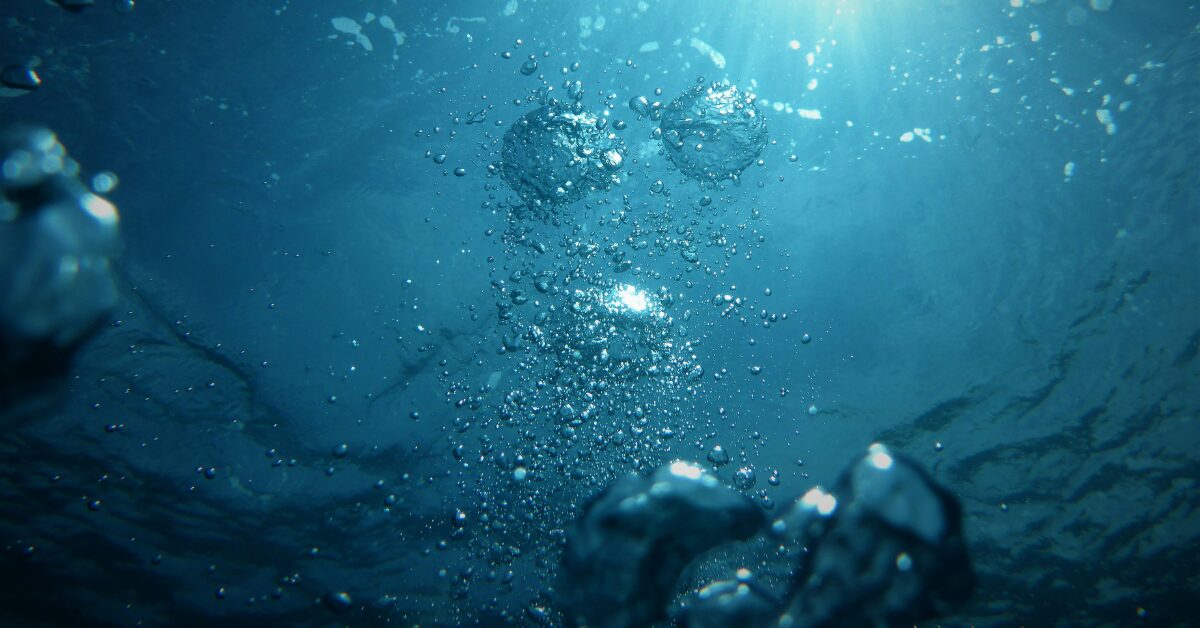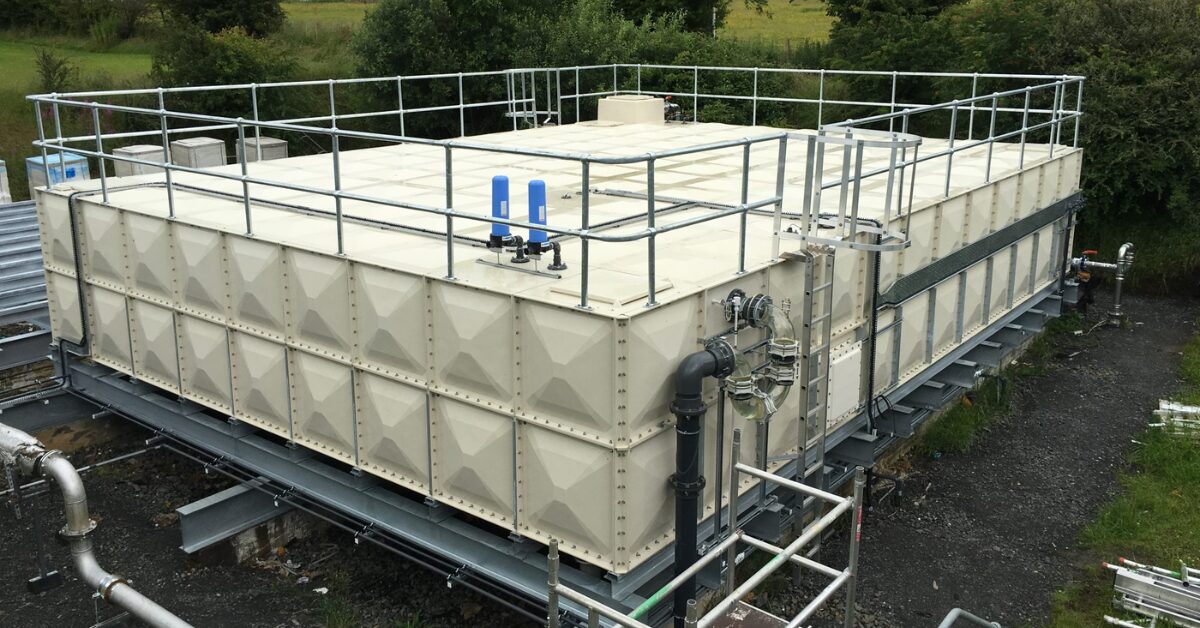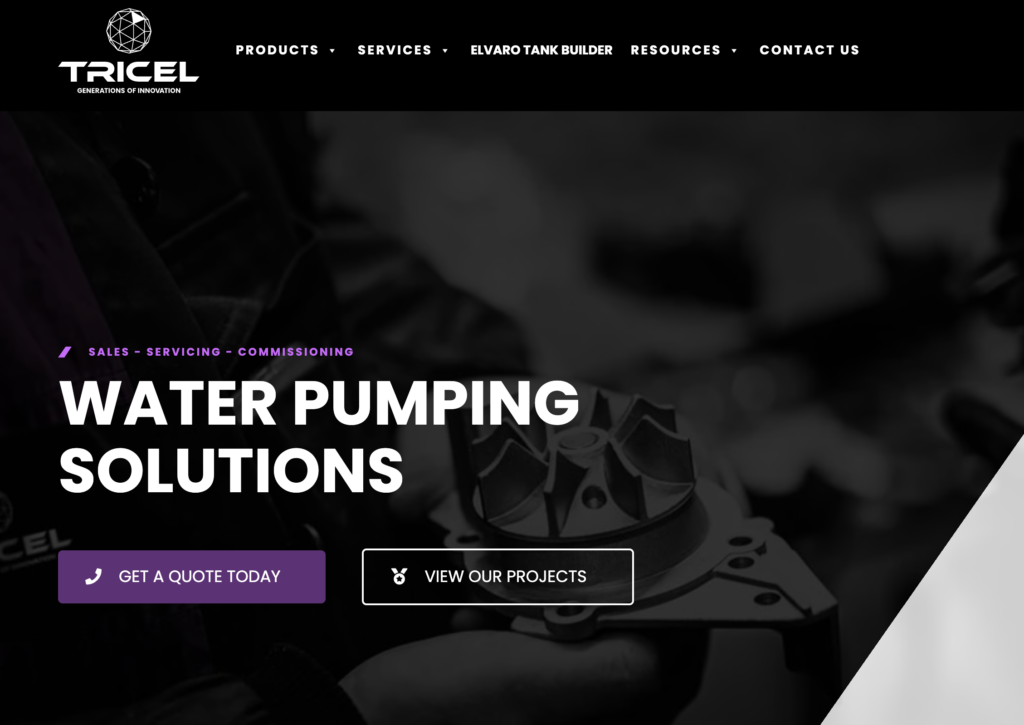
A Contractors' Guide to Residential Water Tanks
Home » Product Guides & Comparisons » A Contractors’ Guide to Residential Cold Water Storage Tanks

A Contractor’s Guide to Residential Cold Water Storage Tanks
Whether you’re building a new residential property or upgrading an existing plumbing system, residential cold water storage tanks are key components in ensuring a reliable water supply. As a contractor, choosing and installing the right tank impacts everything from system performance and compliance to call-backs and client satisfaction.
This guide walks you through what you need to know when working with cold water storage tanks on residential jobs—from selection and sizing to installation best practices.
What Are Residential Cold Water Storage Tanks?
Residential cold water storage tanks are designed to hold mains-fed water at ambient temperature for domestic use. These tanks are often installed in lofts, utility rooms, or plant spaces, and they feed water to heating systems, bathrooms, or serve as a backup supply.
Made from robust materials like GRP (Glass Reinforced Plastic), these tanks are built to last and are usually WRAS-approved for potable water use.
When Should Contractors Use Cold Water Tanks?
You’re likely to need a cold water storage tank when:
- The property has a gravity-fed hot water system (typical in older or rural homes)
- There’s a booster set required to maintain water pressure in multi-storey buildings
- You’re installing a rainwater harvesting system
- The property has low or inconsistent mains water pressure
- The tank is feeding into a hot water cylinder or immersion heater
Types of Residential Cold Water Storage Tanks
One-Piece GRP Tanks
- Capacities from 45L to 16,000L
- Delivered ready to install
- Ideal for lofts or basements with good access
Two-Part Tanks
- Come in two halves and assembled on site
- Perfect for tight loft hatches, narrow staircases, or confined spaces
Sectional Tanks
- Supplied in panels and built on site
- Used in larger residential buildings or plant rooms
Key Sizing and Site Planning Tips
As the installer, you don’t always choose the tank size—but you should always check:
- Access to the tank location – Will a one-piece fit, or do you need a two-part?
- Support base – Make sure there’s a level, load-bearing surface (especially in lofts)
- Tank volume – Based on number of occupants and usage (standard is 100–250L per person)
- Height clearance – Account for lid, fittings, insulation, and overflow pipes
- Room for future maintenance – Leave space to remove the lid and access inside
Pro Tip: Always confirm the tank’s weight when full—especially for loft installations.
Installation Best Practices
Here are the key steps contractors should follow when installing residential cold water storage tanks:
- Base & Location
- Use a strong, level base (timber board or concrete)
- Avoid direct contact with sharp surfaces or debris
- Fittings & Connections
- Use compression fittings or flanged outlets
- Install screened overflow and warning pipes
- Fit isolation valves on inlets and outlets for serviceability
- Hygiene Considerations
- Use a WRAS-approved lid and fit a screened vent
- Install in clean areas to avoid contamination
- If for potable use, ensure it’s separated from any non-potable water
- Compliance Checks
- Check AB air gap compliance if needed
- Ensure the tank complies with Water Supply (Water Fittings) Regs 1999
Why Contractors Choose Tricel Cold Water Storage Tanks
Tricel is a trusted name for contractors across the UK when it comes to residential water storage. Here’s why:
- Tanks are WRAS-approved and BS EN 13280 compliant
- Fast turnaround times with UK-wide delivery
- Range of sizes in one-piece, two-part, and sectional formats
- Technical support for on-site queries or spec confirmation
We supply contractors working on:
- Single dwellings
- Housing developments
- Apartment buildings
- Domestic system upgrades
Getting the installation right the first time saves you from future callouts and keeps your project on time. Residential cold water storage tanks are straightforward to install when you choose the right size, plan the location properly, and follow the best practices.
Whether you’re fitting a tank in a tight loft space or specifying a system for a larger residential block, Tricel has the products and support to get the job done.
Read More...
- Water Tank Installation & Maintenance
- Cold Water Storage Tanks
- Case Studies

Cold Water Storage Tank Compliance in the UK: Regulations, Standards & Best Practices
Ensuring compliance with cold water storage tank regulations in the UK is essential for safeguarding water quality, maintaining system efficiency, and meeting legal obligations. From WRAS approval and LPCB certification to industry standards such as BS EN 13280, strict requirements govern the design, installation, and maintenance of water tanks.

How to Maintain a Compliant Cold Water Storage Tank
Maintaining a cold water storage tank is not just about ensuring a reliable water supplyit is also a legal and safety requirement. A poorly maintained tank can pose serious risks, including bacterial growth such as Legionella, structural deterioration, or non-compliance with current regulations.

Leak in Water Tank: Causes, Prevention, and Solutions
Water tank leaks can lead to significant structural damage and water loss. Common causes include corrosion, poor installation, and lack of maintenance. To prevent leaks, it's essential to ensure proper installation, use high-quality materials, and conduct regular inspections. For detailed guidance on causes, prevention, and solutions for water tank leaks, refer to Tricel Water UK's comprehensive article.

Importance of Base Levelling Steels
Proper base levelling is essential for the stability and longevity of your water tank. This guide explains why base levelling steels are crucial for preventing structural issues and ensuring your tank performs optimally over time.
